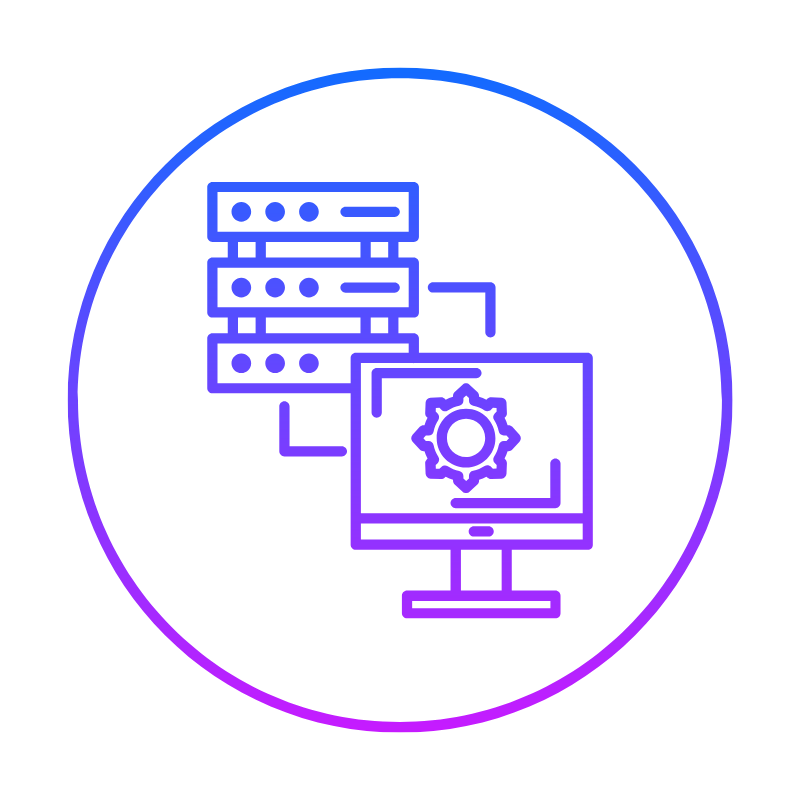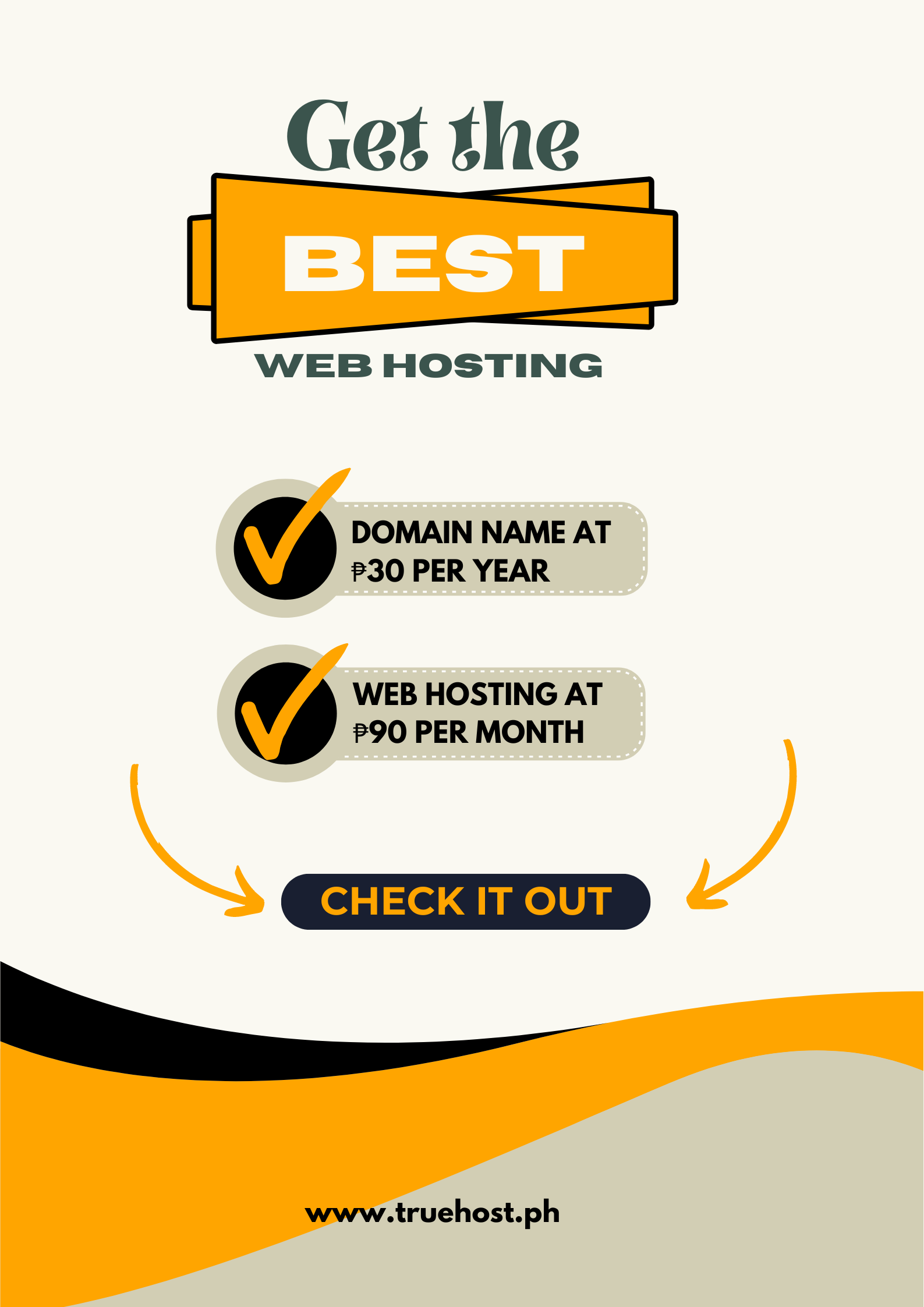Setting up a website and blog in the Philippines requires finding a hosting provider that can meet your needs.
There are several key factors to consider when choosing a host in the Philippines:
Internet Infrastructure
The Philippines has seen massive improvements to its internet infrastructure in recent years.
Internet speeds are now sufficient for basic website hosting in most areas.
However, speeds can still vary depending on location.
When choosing a host, look for one with local data centers in key cities like Manila, Cebu, and Davao.
This will help ensure faster speeds for your Philippine visitors. Average internet speeds in the Philippines include:
- Fixed broadband – 25 Mbps
- Mobile broadband – 21 Mbps
Uptime and Reliability
Filipino internet users expect websites to be available when they want to visit.
Choosing a reliable hosting provider is crucial.
Look for guaranteed 99% or higher uptime in their service level agreement (SLA).
24/7 technical support is also essential in case you ever experience downtime.
Select a host with round-the-clock customer service to help get your site back online ASAP.
Security
Cybersecurity threats are on the rise globally. Your Philippine host should have robust security measures in place, such as:
- Firewall protection
- Regular software updates
- Malware monitoring
- SSL certificates
- Access control
- DDoS mitigation
Staying on top of security will help avoid attacks or hacks.
Speed and Performance
Fast page load times keep visitors happy and engaged. Choose Philippine hosting with optimal speed, including:
- SSD storage – Solid state drives for faster data retrieval.
- Caching – Stores static copies of content for quicker loading.
- CDN – Content delivery network to distribute resources geographically.
- PHP 7+ – Latest PHP version for improved site performance.
Domain Registration
You’ll need to purchase a .ph domain name to establish your Philippine online presence.
Make sure your host offers domain registration and management services.
The Philippine Network Information Center (PhilNIC) oversees .ph domains.
Your host should work directly with PhilNIC for local registration.
A professional email address using your domain projects legitimacy.
See if your potential host includes free business email accounts with your plan.
Ideally, they will provide an easy email setup process.
Spam filtering is also vital for Philippine email accounts.
Choose a host that actively blocks spam and viruses from reaching your inbox.
Scalability
Start with a hosting plan that meets your current needs. But make sure your provider offers seamless upgrades as your site grows.
You want to avoid downtime or complex migrations in the future.
Consider a cloud hosting plan.
This allows you to easily scale hosting resources up or down based on traffic and demand.
Backups
Unplanned outages can wipe out your site if proper backups aren’t in place.
Select a host that performs regular automated backups on your behalf.
They should allow fast and easy restores in case you ever need to roll back to a previous version.
Look for daily or weekly backups as a standard offering.
Some hosts provide real-time backup solutions for maximum protection.
Costs
Shared hosting typically provides the best value for small blogs and websites in the Philippines.
Plans start as low as $2-5 USD per month.
Make sure to account for all costs, including:
- Monthly hosting fees
- Domain registration/renewal fees
- Additional storage or bandwidth overages
- SSL certificate fees
- Taxes and fees
Avoid hosts that lock you into long-term contracts. Monthly contracts provide the most flexibility.
Once your blog is established, you can always switch to a different provider.
Support
Even experienced website owners sometimes need help.
Pick a host that provides multiple support channels like live chat, phone, email, and ticketing.
Local support in Tagalog is ideal, but English support is generally sufficient.
Review support response times – the faster the better when issues arise. Extended support hours are also beneficial for Philippine website owners.
Wrap!
Hosting your blog or website in the Philippines provides exciting opportunities to engage with local internet users.
By choosing the right hosting provider and plan, you can ensure optimal performance, growth and success online.
Consider the factors outlined above when selecting a host suited to your needs.
With the proper hosting in place, you can focus on creating compelling content and connecting with your Filipino audience.
Read also: How To Choose a Good Web Hosting Provider in the Philippines: 7 Tips
 Web HostingCost-effective shared hosting solutions
Web HostingCost-effective shared hosting solutions Reseller HostingStart your own hosting business without tech hustle
Reseller HostingStart your own hosting business without tech hustle Affiliate ProgramEarn commission by referring customers to our platforms
Affiliate ProgramEarn commission by referring customers to our platforms cPanel HostingHosting powered by cPanel (Mostly user friendly)
cPanel HostingHosting powered by cPanel (Mostly user friendly) Windows HostingOptimized for windows based-applications and sites
Windows HostingOptimized for windows based-applications and sites Domain SearchFind and register available domain names in seconds
Domain SearchFind and register available domain names in seconds All DomainsExplore and register domain extensions across the world
All DomainsExplore and register domain extensions across the world Domain Transfermove your domain to us with zero downtime and full control
Domain Transfermove your domain to us with zero downtime and full control Whois LookupLook up domain ownership, expiry dates and registrar information
Whois LookupLook up domain ownership, expiry dates and registrar information .com DomainSecure the most recognized domain for global credibility
.com DomainSecure the most recognized domain for global credibility VPS HostingScalable virtual servers. Full root access. Faster speed.
VPS HostingScalable virtual servers. Full root access. Faster speed. Managed VPSNot a tech expert? Choose our fully managed VPS server.
Managed VPSNot a tech expert? Choose our fully managed VPS server. Dedicated ServersGet the full power and complete control of your own physical server.
Dedicated ServersGet the full power and complete control of your own physical server.
